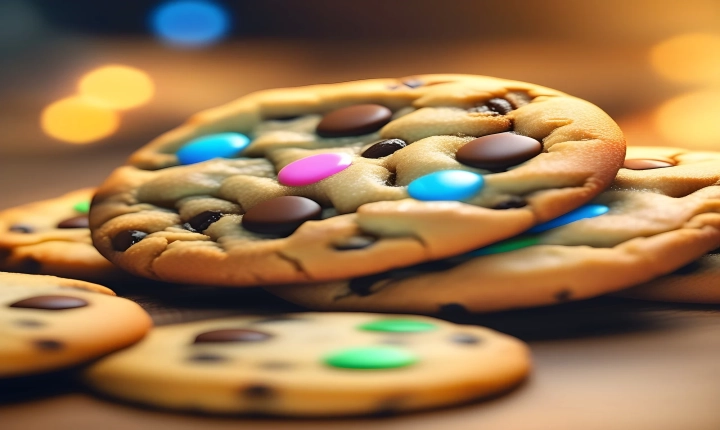AI art has revolutionized the art world, pushing the boundaries of creativity and challenging our preconceived notions of what constitutes art. However, with this innovative technology comes a new set of ethical and legal questions, one of which revolves around the issue of art theft.
Art theft has long been a concern in the art world, but the emergence of AI-generated art has added a new layer of complexity to this issue. AI art is created using algorithms and machine learning, often building upon existing artistic styles and techniques. As a result, some argue that AI art may be susceptible to being labeled as art theft if it imitates the style of a human artist too closely.
One of the primary concerns is the potential for AI-generated art to infringe upon the intellectual property rights of human artists. In some cases, AI-generated art has been mistaken for the work of human artists, leading to questions about who holds the rights to the artwork and whether the AI system has the capability to violate those rights.
The question of attribution and authorship is also a significant concern when it comes to AI art and art theft. Human artists put their time, effort, and creativity into their work, and the recognition of their authorship is a crucial aspect of their livelihoods. When AI-generated art closely mimics the style of a human artist, it raises the question of whether the AI should be credited as the creator or whether the human artist’s influence should be acknowledged.
Furthermore, the sale and ownership of AI-generated art present challenges in determining the value and authenticity of these artworks. If AI-generated art is perceived as derivative of existing artistic styles, it may devalue the originality and uniqueness of human artists’ work. Additionally, the potential for AI-generated art to be reproduced and distributed without the consent of the original creators further complicates the issue of art theft.
In response to these concerns, there is a growing need for legal frameworks and ethical guidelines to address the unique challenges posed by AI art and art theft. Clear guidelines for the attribution, ownership, and rights of AI-generated art are essential to protect the interests of both human artists and creators of AI art.
Some argue that AI-generated art should be recognized as a new form of artistic expression, deserving of its own rights and protections. Others advocate for stricter regulations to prevent the unauthorized use of AI-generated art and to ensure that human artists are not unfairly disadvantaged by the rise of AI in the art world.
As technology continues to advance, the intersection of AI and art will continue to provoke debate and raise new questions about the nature of creativity, ownership, and originality. It is crucial for the art world, legal experts, and policymakers to collaborate in establishing a balanced and fair approach to addressing the complexities of AI art and art theft. By doing so, we can foster an environment that encourages both human and AI artists to thrive, while preserving the integrity and value of artistic expression.
